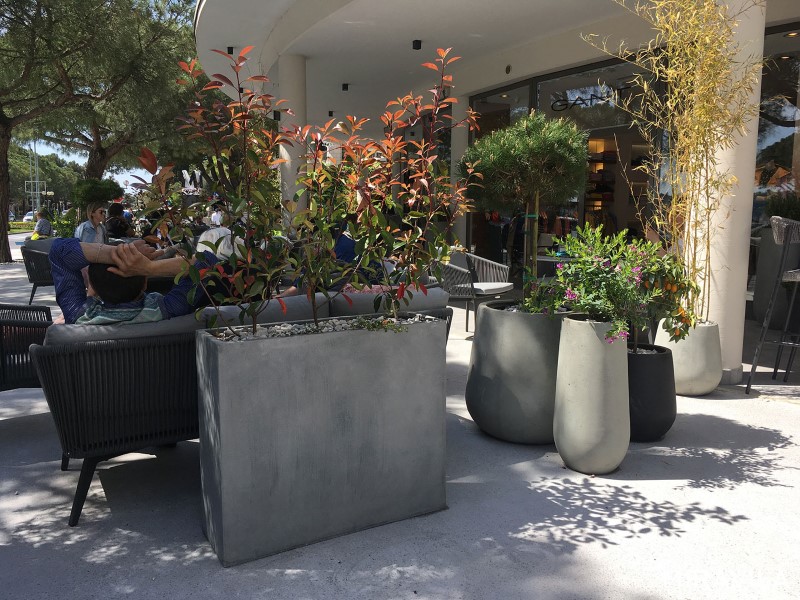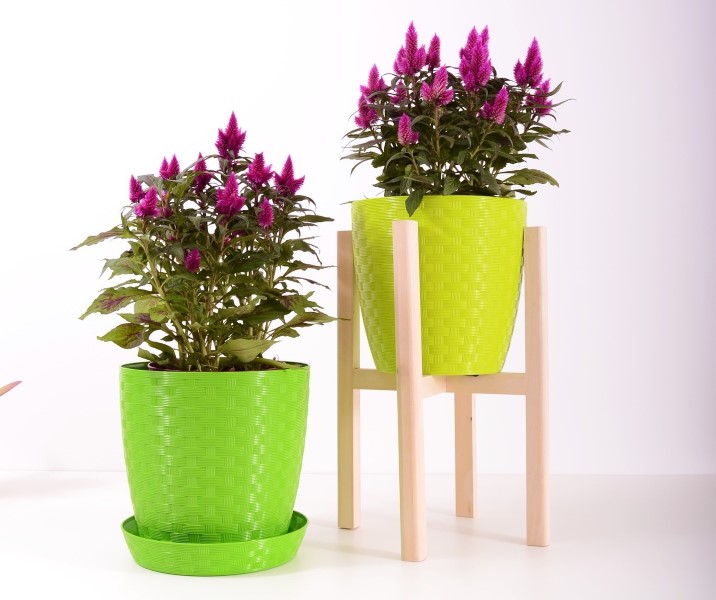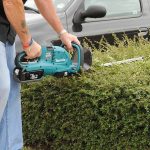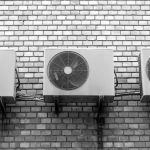Let your creative streak guide you when choosing your Miravila planter pots. While some people just seem to buy the first pots they see just because they look lovely, the truth is that there are a lot of things that must be considered that the pots you choose are really the best ones for you and your plants. Making yourself familiar with the different types of pots and learning a few tips on how to shop for them can go a long way to keep your plants looking healthy and beautiful for a long time.
Table of Contents
Common Types of Pots
There are four common types of pots that you can find in the market today and these are the following:
1. Concrete
Concrete is heavy and this makes concrete pots a good choice for containing trees or large plants that need more support for them to stay “contained.” Pots made from concrete also have good properties for insulation and keep the tender root systems protected through maintaining a more comfortable soil environment.
If you are planting in a public or exposed area, concrete also offers the added benefit of discouraging people from accidentally walking over your precious pots or plants. You can leave concrete planters outside during winter months without any harm and this is good news since you probably wouldn’t be willing to bother with moving them.
2. Plastic
In case you are not worried about the appearance of the container or you got some plants that can soon cover the pots where they are planted in, your best choice would be plastic planter pots. Plastic pots are durable, relatively affordable, and retain moisture well. These pots are also notably lightweight that make them a great option if you have the habit of rearranging your gardens every now and then.
Just make sure you avoid using dark colored or black plastic pots if your garden is located in an area that tends to be very sunny. These colors tend to absorb heat and can get extremely hot that might end up damaging the tender roots of your plants. On the other hand, light colored containers can reflect heat while keeping the roots cool.
3. Terracotta
Terracotta pots are available in a plethora of sizes and shapes. They can look great and blend well almost anywhere. Thanks to their earthy color, they can also boost the natural beauty of almost all types of plants. These planters are made of iron-rich porous clay with the ability to breathe to keep the potting soils cool and wick away excess moisture from the plant roots to keep them healthy.
However, one key issue about terracotta pots is that they are quite fragile and can also dry out fast, particularly when placed in sunny spots. This is why there are growers that use glazed terracotta pots since these are better in holding more water.
4. Wood
Wood is no doubt one of the most natural and practical containers you can ever use for gardening. Wooden pots are relatively lightweight, can retain water well, and look just great. When choosing wooden containers, see to it that these are made using rot-resistant woods such as redwood or cedar and inspect for quality construction because wood expands and shrinks in the elements.
Planter pots made of pine and other types of soft woods can be used as well but must be painted using a nontoxic stain or paint to prevent rot. If you are on budget, you can even make your own wooden pot in no time using some scrap wood and a few nails armed with your creative idea.
How to Pick the Best Planters
Plants have become living accessories for interior spaces that introduce color and texture. Your plants can add a touch of warmth to your home, soften transitions in between spaces, and act as a room’s main focal point. Pairing plants, pots, and the correct décor pieces can do wonders in making your home look more beautiful and feel more livable.
Pick the correct size.
Soil can dry slowly in pots that are too large that can make your plants more prone to root rot. If the plant is too bi g for its pot, there is also the risk that it will tip over. Meanwhile, if the pot is too small, soil can dry out too fast that you will have to water it frequently enough. The plant can have stunted growth and become root-bound.
It is ideal that you put your plants in pots that are of the same size it is growing in. If you need to transplant because the plant has already outgrown its present pot, you can switch to a pot that is 2 to 4 inches bigger in diameter. Choose larger-sized pots for quick-growing plants. Pots that are 1 to 2 inches bigger work well for slow growers.
Decide on the material.
Terracotta or clay and plastic are the most common materials used for pots. Plastic pots are lightweight, low cost, and colorful. They can retain moisture well so you will have to water your plants less frequently. Go for plastic if weight is a concern like in the case of plants on wall shelves or hanging baskets.
Terracotta pots tend to be heavier, are typically more expensive, and offer beautiful patterns. These are porous pots so frequent watering is necessary. Terracotta is the ideal option for plants that prefer well-aerated or dry soil such as cacti, orchids, bromeliads, and succulents.
Think of drainage before aesthetics.
Majority of houseplants don’t grow well in standing water so planter pots must have a drainage hole at the bottom to let in air and let water out. If you are planning to use pots with no drainage holes for aesthetic purposes, you can simply use them as cachepots that hold the pots where the plants are growing in.
The next time you go shopping for planter pots, keep these tips in mind to create the most stunning and gorgeous gardens.
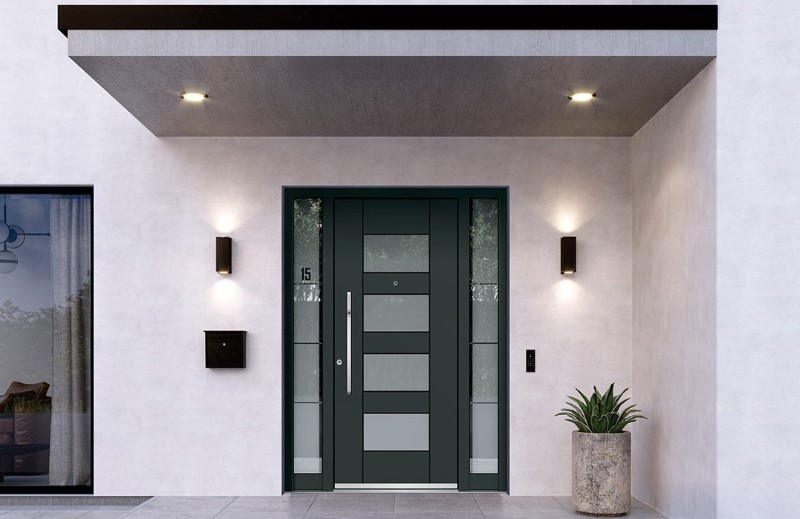
Factors to Check Before You Look for a Front Doors Manufacturer
Ask any front doors manufacturer and they will surely tell you that doors are not made equal. After all, they come in a plethora of styles and materials. But, there is one thing for sure. A top quality door will not just ensure the security of your home as it will also serve as a beautiful feature that you can be proud of.
